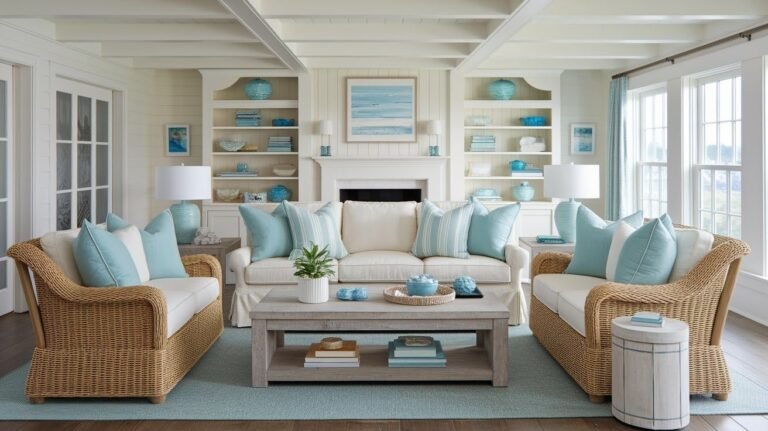Cape Cod living rooms have captured the hearts of Americans for over 400 years. British settlers in the 17th century built homes that perfectly balanced simplicity with storm resistance. Those same principles still work today.
I’ve studied these timeless spaces in historic New England homes for years-the secret lies in their effortless blend of comfort and coastal charm.
Cape Cod style remains the crown jewel of American architecture. These homes offer the perfect canvas for interior design that never goes out of style.
Your living room is the heart of your Cape Cod home. It sets the tone for everything else.
This guide shows you exactly how to create an authentic Cape Cod living room. You’ll learn the specific color palettes, furniture choices, and design elements that make these spaces special.
I’ll walk you through each decision step-by-step. From paint colors to furniture placement, you’ll have everything needed to transform your space into a coastal retreat.
Essential Design Fundamentals for Cape Cod Living Rooms
Cape Cod style prioritizes simple, comfortable living with clean lines and practical furnishings that welcome real life without high-maintenance fuss.
1. Defining Characteristics of Cape Cod Style
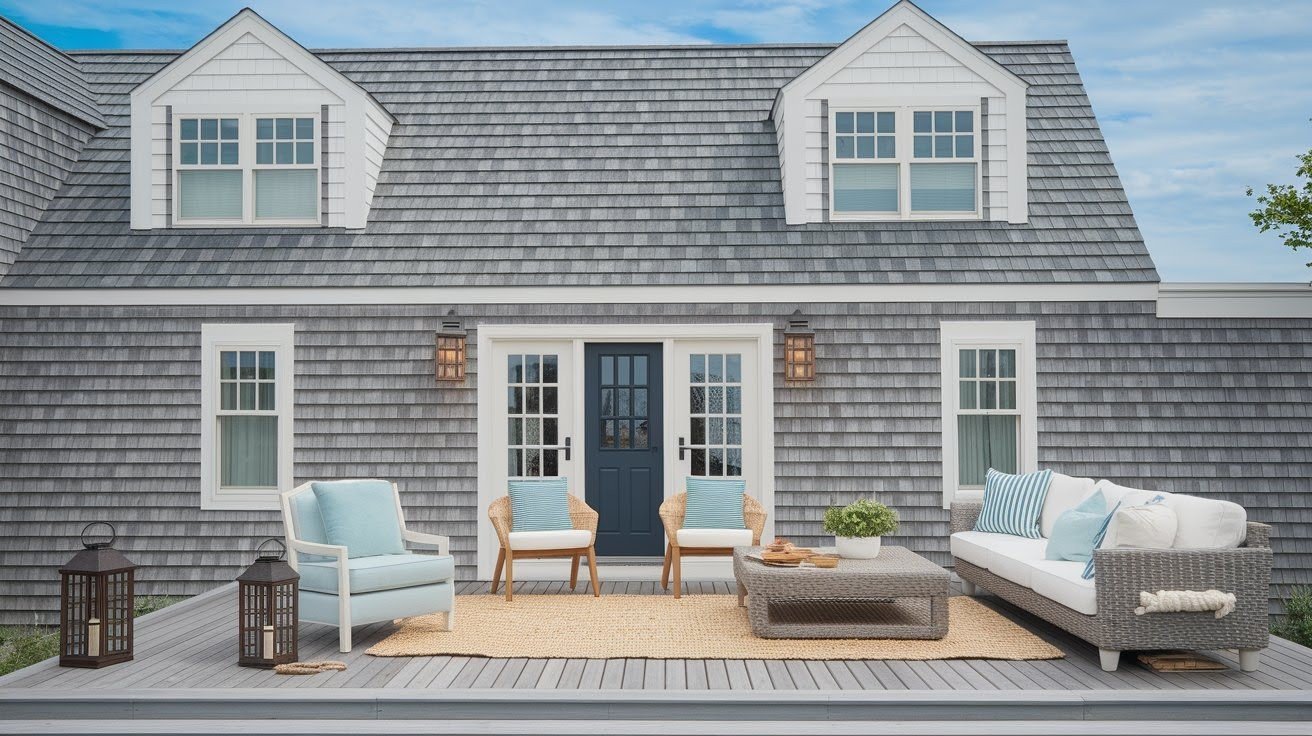
Cape Cod style isn’t complicated. That’s exactly what makes it so appealing.
The architectural forms are simple yet sophisticated. Clean lines dominate every room. No fancy details or overwhelming patterns.
This traditional New England coastal look has stayed popular for centuries. Why? Because it works.
Cape Cod rooms balance historical charm with modern comfort perfectly. You get the cozy feeling of old colonial homes without sacrificing today’s conveniences.
The emphasis falls on liveable fabrics and furnishings. Everything serves a purpose. Comfort comes first, always.
This isn’t a high-maintenance decorating style. You won’t spend weekends dusting delicate accessories or worrying about spills.
The overall approach is pure ease. No-fuss design means less stress for you. Cape Cod style welcomes real life. Kids can play, and guests feel comfortable.
2. The Cape Cod Color Philosophy
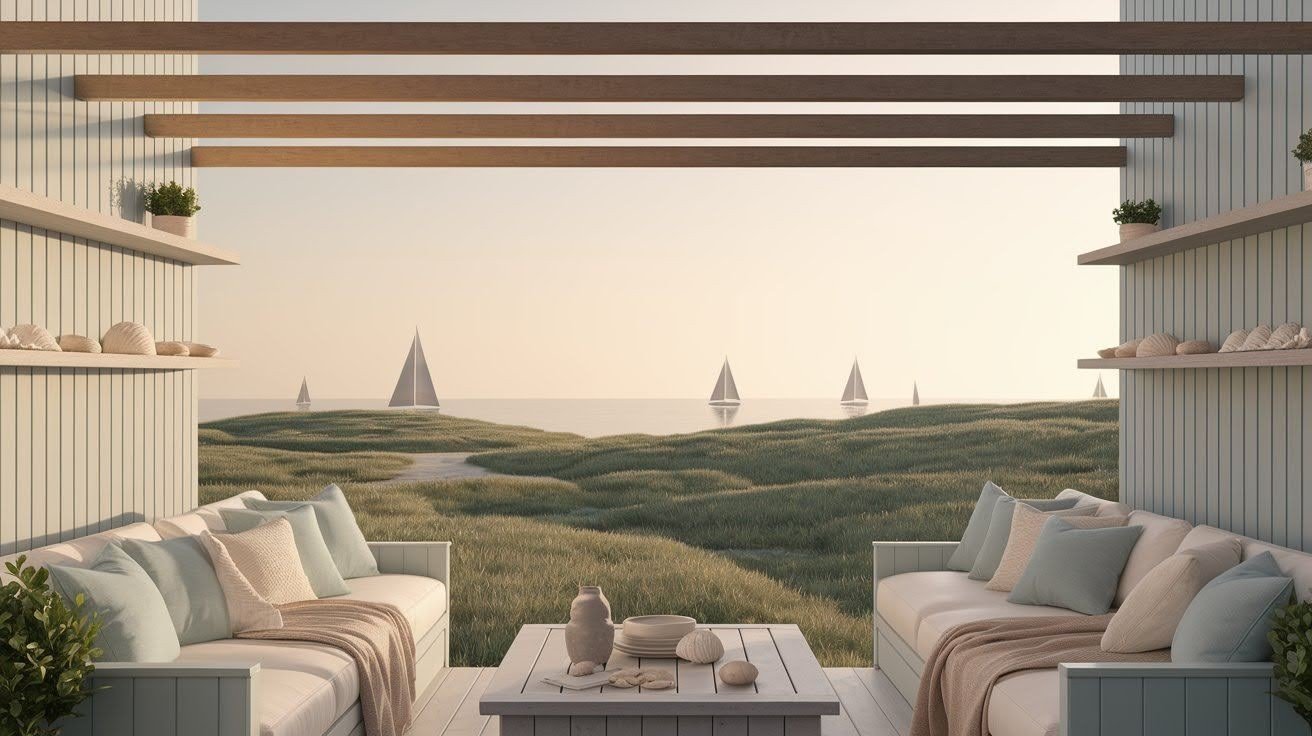
Think of the colors you see at the beach. That’s your Cape Cod palette right there.
Light and airy colors form the foundation of every Cape Cod room. These shades make small spaces feel bigger and dark rooms feel brighter.
Your primary colors are whites, creams, soft blues, and muted grays. These coastal-inspired hues reflect the sea and sky naturally. No bright, artificial colors here.
Neutral schemes work best with white, cream, and taupe variations. These colors never fight with each other or go out of style.
The blue spectrum gives you endless options. Sky blue for gentle touches. Navy for dramatic accents. Everything in between works, too.
These colors make your room feel calm and peaceful.
Color Schemes and Paint Ideas
Cape Cod walls use soft whites, pale blues, or white shiplap with crisp trim to create bright, spacious rooms that feel both classic and comfortable.
1. Wall and Ceiling Treatments
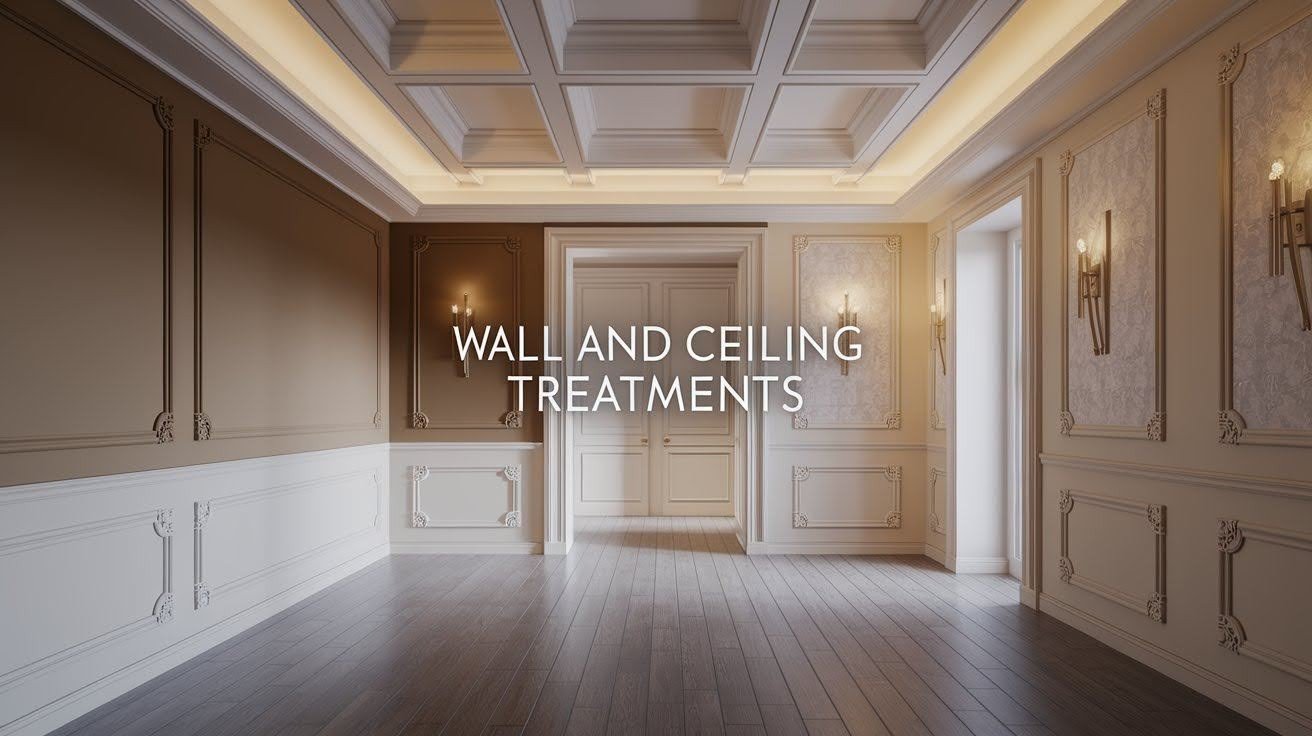
Your walls set the stage for everything else. Get them right, and the rest falls into place.
Soft white or pale blue walls create an open, bright feeling instantly. These colors reflect natural light beautifully throughout the day.
Crisp white ceilings mimic a clear sky effect. This simple trick makes any room feel taller and more spacious.
But here’s a bold approach that works amazingly well.
Monochromatic backgrounds using black architectural features create stunning contrast. Picture white walls with black window trim and door frames. The result looks both classic and modern.
White wood walls with shiplap-style planks and trim bring authentic Cape Cod character. This isn’t just a trend – it’s traditional craftsmanship.
I’ve seen rooms transformed completely with shiplap paneling. The texture adds warmth without overwhelming the space.
The key is keeping trim work crisp and clean. No fancy moldings or complicated details needed.
These wall treatments work in any size room. Small spaces feel bigger. Large rooms feel cozier.
Simple is better.
2. Accent Color Integration
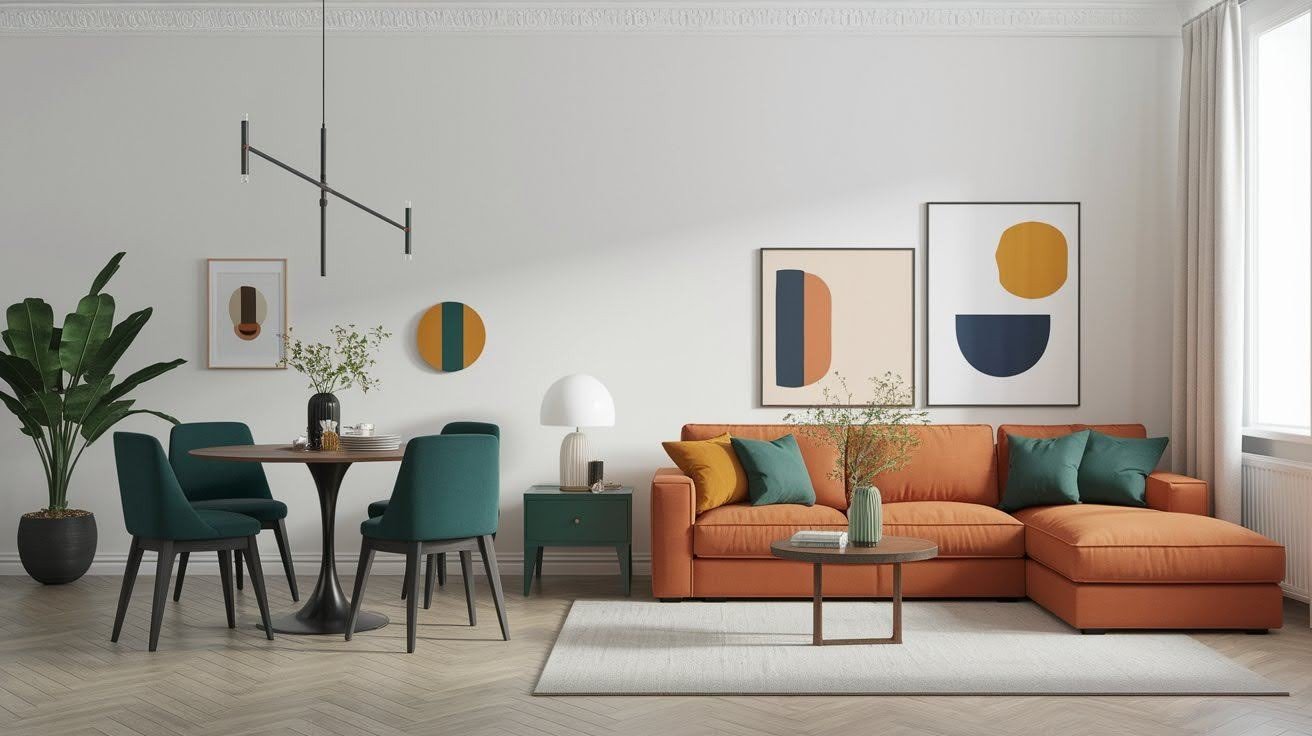
Accent colors bring your Cape Cod room to life. They add personality without overwhelming the space.
Soft sand and driftwood gray work perfectly through accessories. Think throw pillows, lamp bases, and small decorative pieces. These earthy tones feel natural and calming.
Mid-blue tones give fitted cabinetry beautiful definition. A kitchen island or built-in bookshelf in soft blue becomes an instant focal point.
The coastal blue and white palette honors your beachy roots authentically. This classic combination never looks dated.
But you don’t need huge splashes of color.
Small blue touches make a bigger impact than expected. A navy coffee table base. Ocean-shade cushions. Subtle chair stripes.
I’ve seen three blue elements transform entire spaces. A lamp, pillow, and picture frame. Less accent color often means more visual impact.
Furniture Selection and Arrangement
Cape Cod seating prioritizes comfort with plush cushions, flexible sectionals, and natural materials like wicker that invite relaxation over formality.
1. Seating Solutions for Comfort and Style
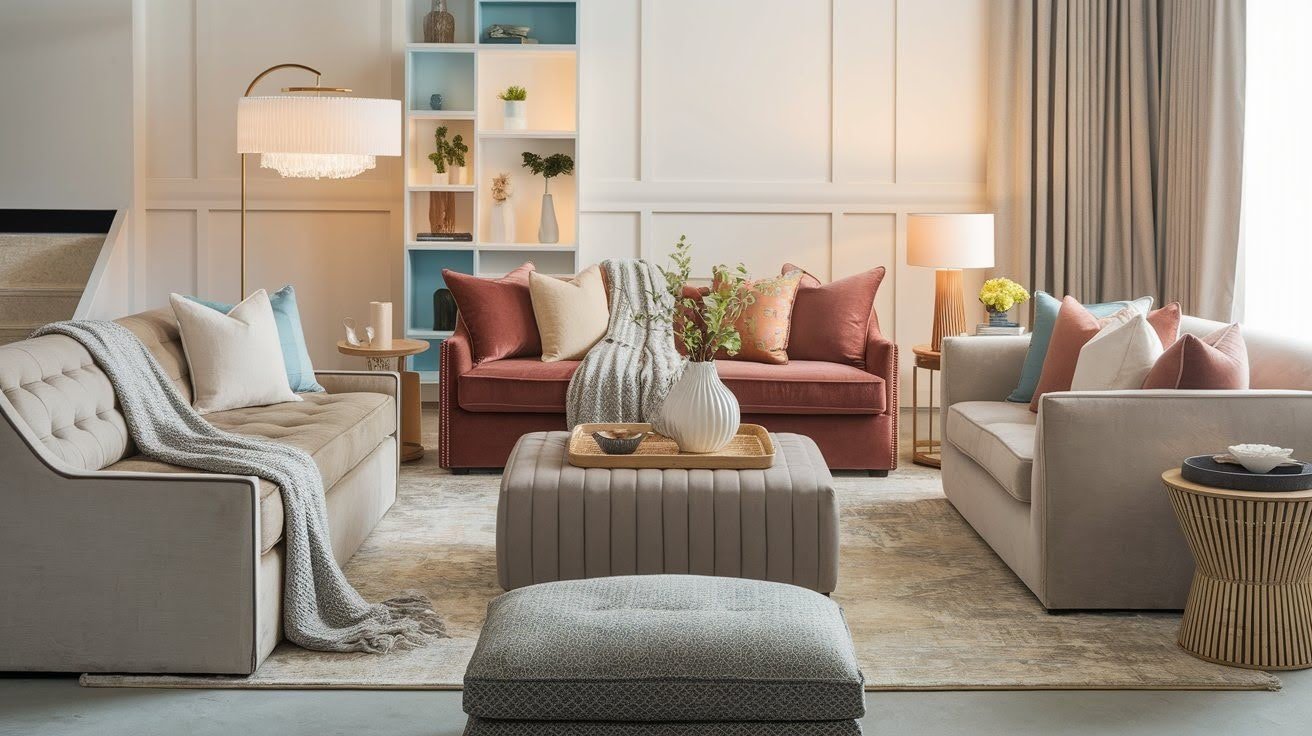
Comfort beats formality every time in Cape Cod living rooms. Your seating should invite people to sit, relax, and stay awhile.
Plush seating options make this happen naturally. Think deep cushions and soft fabrics that hug you when you sit down.
Sectional sofas offer flexibility for family gatherings and movie nights. They adapt to your needs instead of forcing awkward conversation angles.
Wicker and rattan furniture bring that casual beachy vibe instantly. These natural materials feel relaxed and coastal without trying too hard.
Chesterfield sofas in enveloping velvet fabrics add unexpected sophistication. Symmetrical armchair arrangements follow traditional design rules perfectly.
The key is choosing pieces that are used. Beautiful but uncomfortable furniture defeats the purpose completely.
2. Tables and Storage Furniture
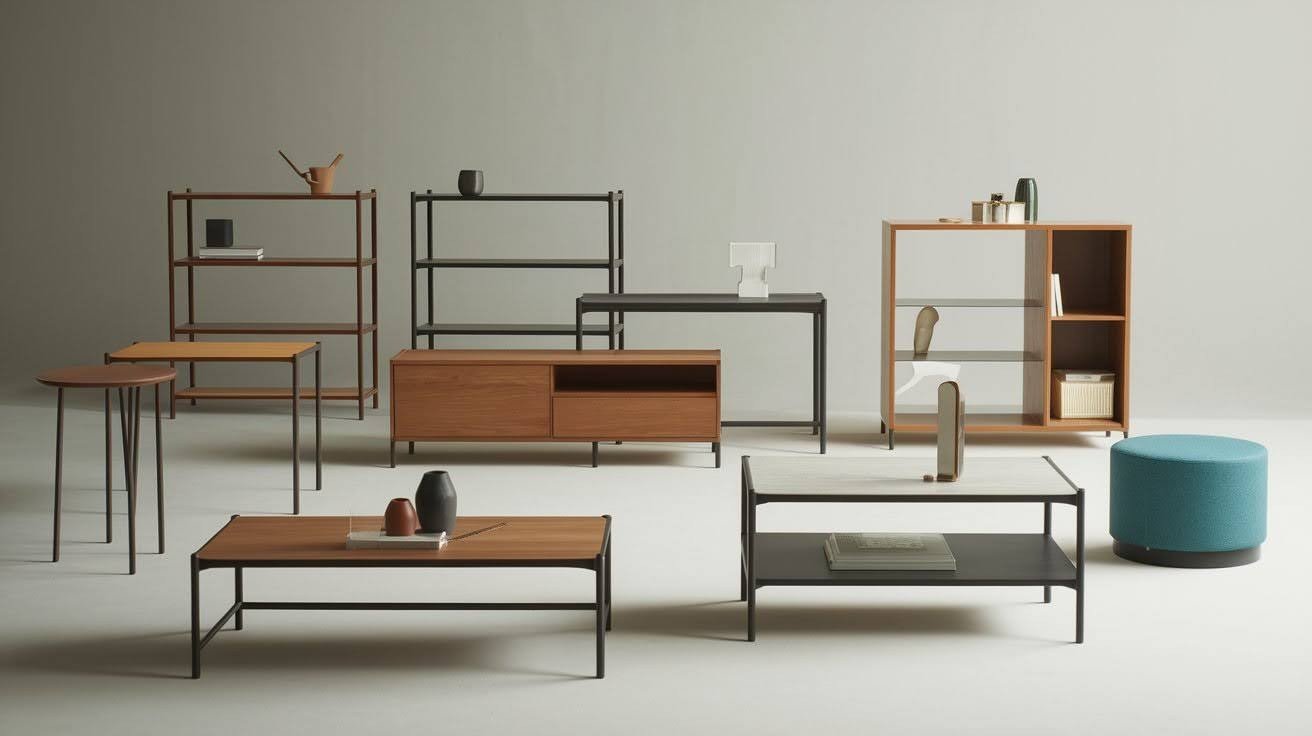
Natural wood coffee and side tables anchor your Cape Cod living room perfectly. Weathered finishes add character that new furniture can’t match.
These pieces tell a story. They look like they’ve weathered coastal storms and sunny afternoons.
Built-in cabinetry painted in coastal blue shades creates stunning focal points. A soft blue bookshelf or entertainment center defines the room instantly.
Library-style built-in bookshelves beneath stairs maximize every inch of space. This classic Cape Cod feature turns awkward areas into charming reading nooks.
But here’s what makes the biggest difference.
Reclaimed or weathered wood brings authentic rustic charm to any room. These materials connect your space to Cape Cod’s maritime history.
Functional storage solutions maintain clean lines while hiding clutter. Built-in benches with hidden storage. Coffee tables with drawers underneath.
I’ve seen Cape Cod rooms transformed by smart storage choices. Everything has a place. The room stays organized without looking sterile.
Good storage furniture works double duty – it’s beautiful and practical at the same time.
3. Material Choices for Authenticity
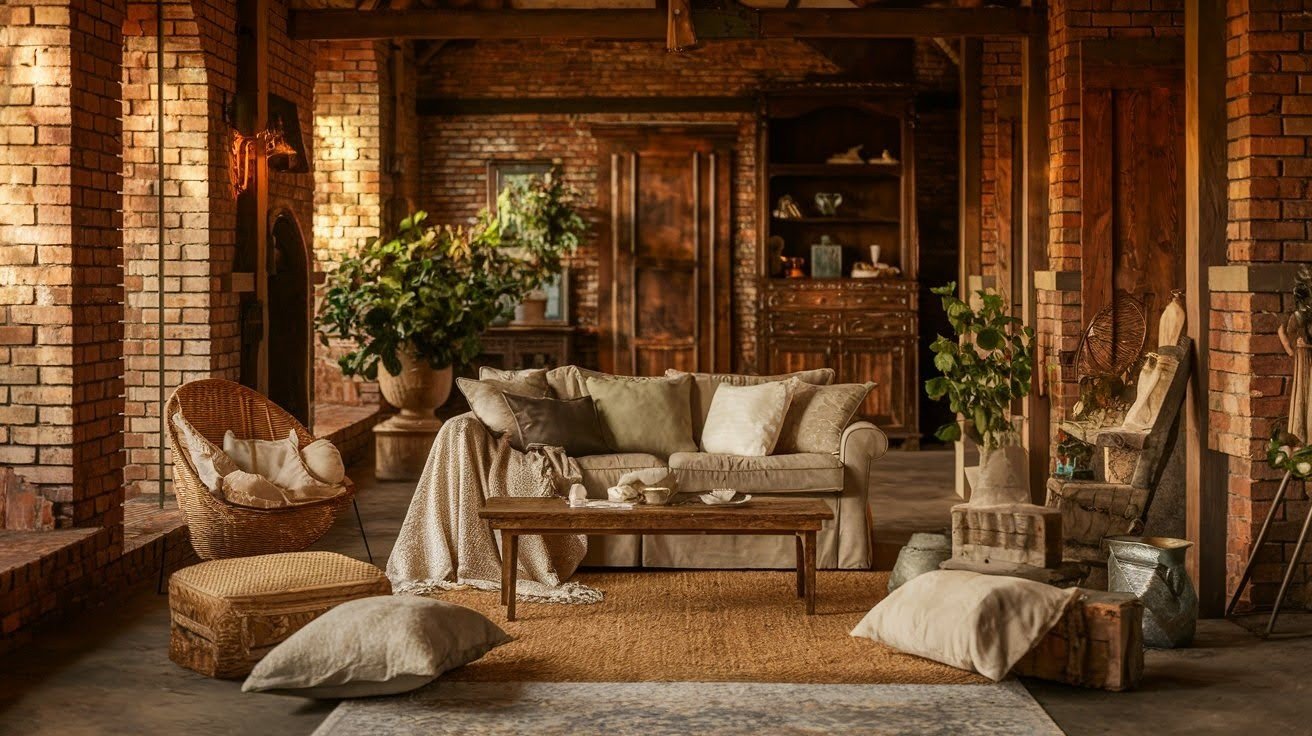
Natural materials form the centerpiece of every authentic Cape Cod room. Wood, rattan, wicker, and stone create that unmistakable coastal feeling.
These materials age beautifully. They get better with time instead of looking worn out.
Metal versions offer superior durability over plastic alternatives. A metal side table lasts decades while plastic versions crack and fade.
But comfort matters just as much as durability.
Tactile sofa fabrics create that cozy winter retreat feeling that Cape Cod homes are famous for. Think linen, cotton, and soft wool blends that invite touching.
A mix of upholstery and wood creates a balanced room atmosphere. Too much wood feels cold. Too much fabric feels stuffy.
I’ve learned that authentic Cape Cod rooms use materials you’d find on the coast. Driftwood coffee tables. Rope-wrapped lamp bases. Stone fireplace surrounds.
These aren’t decorative tricks – they’re practical choices. Coastal materials handle humidity and salt air naturally.
The goal is to create a room that feels connected to its environment. Materials should make sense for seaside living.
Conclusion
Creating your perfect Cape Cod living room comes down to embracing simplicity and comfort. The timeless combination of light colors, natural materials, and cozy furnishings never goes out of style.
You now have everything needed to transform your space into an authentic coastal retreat. From choosing the right paint colors to selecting furniture that balances comfort with style, these proven techniques work in any home.
Remember, Cape Cod style celebrates real life. Your room should feel welcoming, not intimidating.
Start with one element – maybe a soft blue accent wall or some weathered wood furniture. Build from there at your own pace.
Your Cape Cod living room should reflect your family’s personality while honoring this classic American style.
What Cape Cod element will you try first? Share your ideas in the comments below – I’d love to see your coastal transformations!
Frequently Asked Questions
What colors work best for a Cape Cod living room?
Stick to light, airy colors like soft whites, creams, pale blues, and muted grays. These coastal-inspired hues reflect natural light and create the open, bright feeling Cape Cod rooms are known for.
What furniture materials are essential for authentic Cape Cod style?
Natural materials are key: weathered wood, rattan, wicker, and stone. Choose plush, comfortable seating in linen or cotton fabrics. Avoid plastic – opt for durable metal accents instead.
How do I add coastal charm without overdoing nautical decor?
Use subtle touches like soft blue accent colors, natural textures, and weathered wood finishes. Incorporate one or two nautical elements like rope mirrors or ocean artwork, but keep it understated.
What’s the best way to arrange furniture in a Cape Cod living room?
Focus on comfort and conversation. Use symmetrical arrangements like matching armchairs flanking a fireplace. Choose sectional sofas for flexibility and ensure easy movement throughout the space.
Can I mix modern elements with traditional Cape Cod style?
Absolutely. Cape Cod style balances historical charm with modern comfort. Add contemporary accents like streamlined sofas or sleek lighting while maintaining the classic foundation of natural materials and coastal colors.

